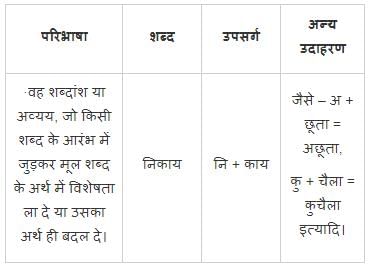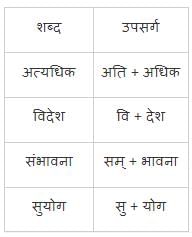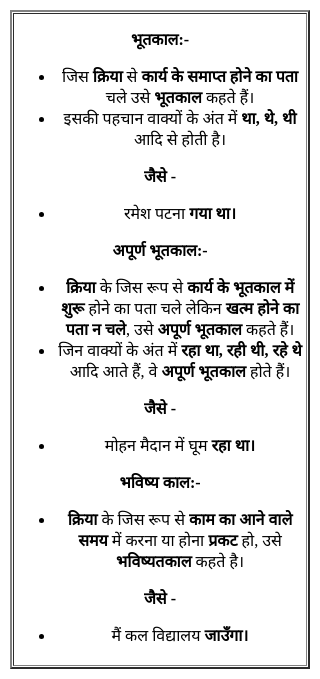HTET PRT Mock Test - 4 - HTET MCQ
30 Questions MCQ Test HTET PRT Mock Test Series 2025 - HTET PRT Mock Test - 4
Creativity is about taking risks and making connections and is strongly linked to:
Assertion (A): In a progressive classroom, a teacher should always cater to the individual differences of the children in the class.
Reason (R): The main goal of progressive education is to get students to have a hands-on learning experience.
Choose the correct option.
Fill in the blanks with the proper past participle form of the following verbs.
Strive
Fill in the blanks with the correct modal verb.
You _________ smoke near children.
Directions: Identify the option that is similar in meaning to the word/idiom/phrase in underlined. The options do not necessarily need to be grammatically correct.
He must have said so in the heat of the moment but he is not a person of that caliber.
Direction: In the following question, the sentences have been given in Active/ Passive Voice. From the given alternatives, choose the one that best expresses the given sentence in Passive/ Active Voice.
My mother bakes cakes.
Six friends have an average height of 172 cm. A boy with height 152 cm leaves the group. What is the new average height of the group?
Sarthak can destroy a work in 90 days and Deepak can destroy the same work in 60 days. In how many days can both of them together destroy the work?
Directions to Solve
In each of the following questions find out the alternative which will replace the question mark.
Question -
16 : 56 :: 32 : ?
The H.C.F. of two numbers is 96 and their L.C.M. is 1296. If one of the number is 864, the other is
A tailor takes 2.5 m of cloth for making a curtain. He received an order of making 25 curtains from Mrs. Radha puri. How much cloth will he require to fulfill the order?
The ratio of the area of a square to that of the square drawn on the its the diagonal is
Identify environmental issues which are local in nature:
(i) Depletion of ozone layer
(ii) Lake pollution
(iii) Soil erosion
(iv) Climate change
(v) Water logging
(vi) Solid Waste Management
Select the answer from the options given below:Which of the following statements is true with respect to light?







 we get __________
we get __________ we will get same expression since
we will get same expression since 



















